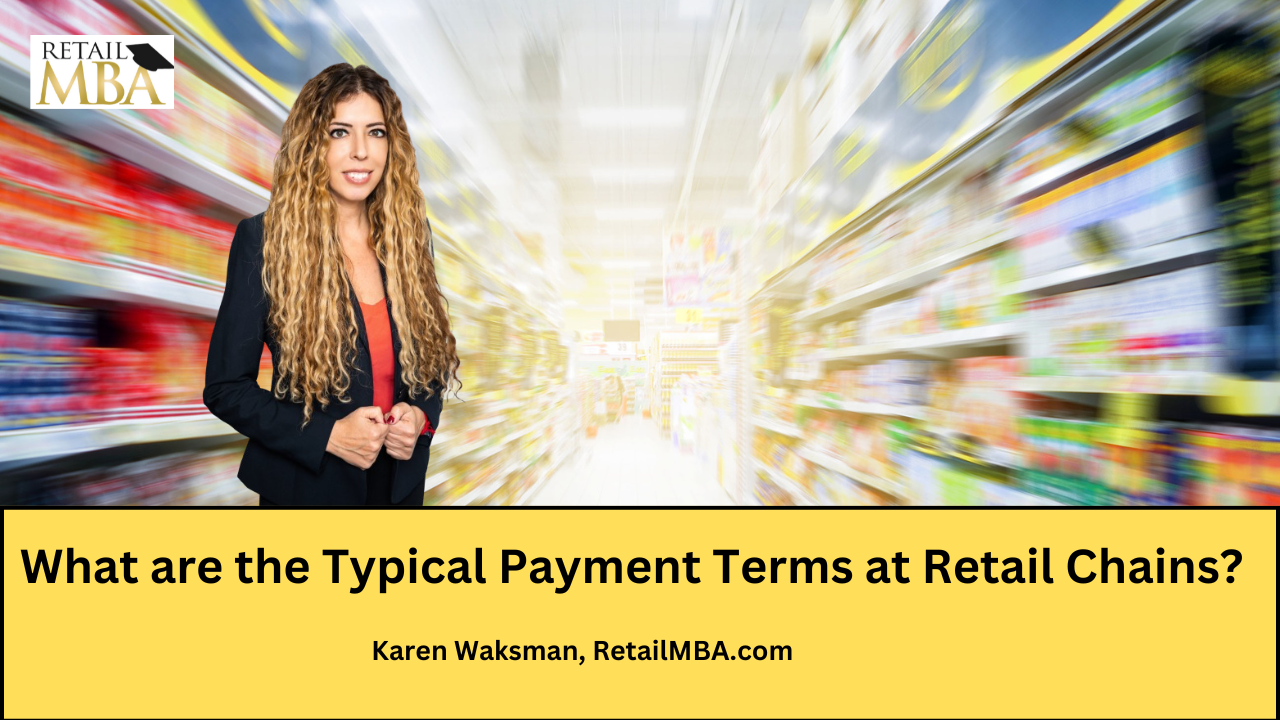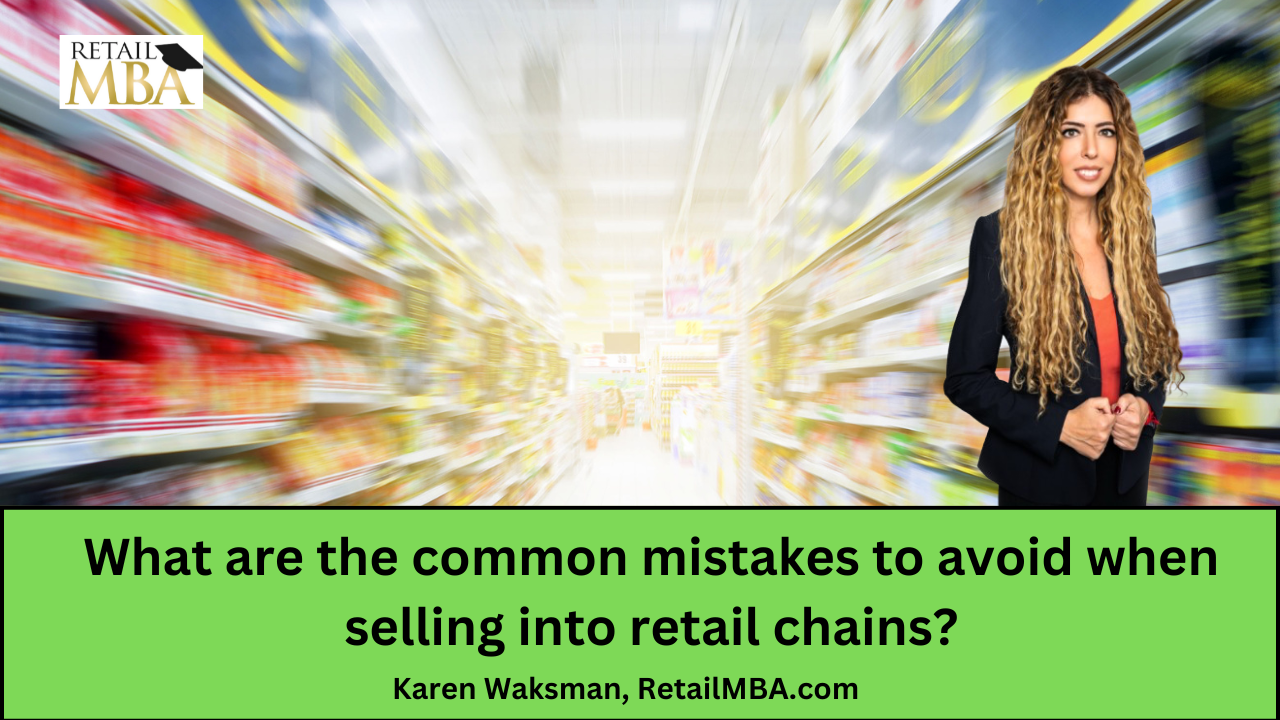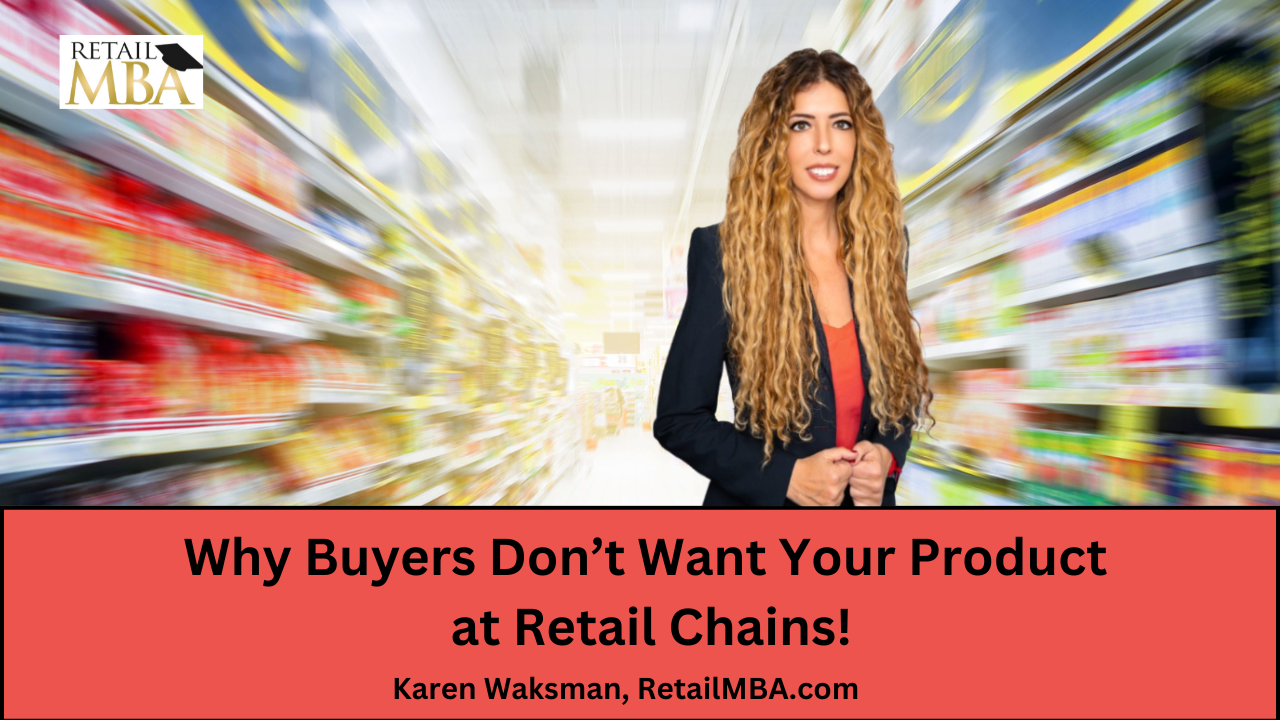Chargeback

What is a Chargeback and How to Prevent Them
If a cardholder encounters any charges they don’t recognize on their credit or debit card statement, they have the ability to dispute this transaction by initiating what is known as a chargeback process.
As soon as a chargeback is initiated, the cardholder’s bank will contact the business’s bank and request proof that the transaction was genuine – this process is overseen by credit card networks.
Fraudulent Transactions
Chargebacks are an invaluable consumer protection measure that give customers recourse in cases of fraudulent transactions on credit and debit card payments, helping to maintain consumer confidence in credit and debit card payments and protecting merchants from being exploited by fraudsters. Unfortunately, chargebacks also pose an existential threat to merchants, costing them significant fees and cutting into their income significantly – with charges including fines, transaction reversals, processing fees, customer acquisition costs and customer acquisition costs among the costs involved in chargebacks; additionally acquiring banks may require merchants sign up for expensive risk-management programs in such instances.
Therefore, it’s crucial that businesses understand which transactions lead to chargebacks and how best to prevent them. To assist, this guide focuses on fraudster-induced transactions which may trigger chargebacks as well as strategies for combatting them.
Fraudulent transactions, often called chargebacks, are those in which buyers dispute them on grounds such as illegal activity or identity theft. Fraudulent transactions represent one of the primary forms of chargebacks facing payment processors and merchants alike, yet many can be avoided through effective prevention and mitigation strategies.
Unauthorized transactions may result from identity theft and stolen valid payment information, among others. Such fraud is difficult to detect and often goes undetected for extended periods, particularly with online shopping platforms like eBay and Amazon. Some forms of unauthorised transaction detection may be easier; therefore, merchants should implement proactive risk-management processes to monitor for them.
Friendly fraud is another type of dispute that may result from legitimate purchases, where consumers make false allegations that they did not recognize or forget a transaction on their statement. While such statements can often constitute fraudulent behavior, they could also arise due to honest misunderstanding or mistakes on both ends.
Merchants looking to prevent friendly fraud should ensure prompt, transparent and attentive customer service is offered, along with maintaining thorough and organized records of every transaction and providing payment providers with any needed documentation that supports their case if needed – such as writing a rebuttal letter that provides details regarding facts in question and supports their side of the story – such an approach could help persuade banks that issued funds against you to reverse course and return funds back into their possession.
Merchant Error
Merchant error chargebacks can be the hardest for businesses to anticipate. While true and friendly fraud are inevitable situations that cannot be controlled for, merchant error often stems from internal procedures or interactions they control – making prevention efforts more likely than with either of the other two types.
Merchant error chargebacks often arise from customer confusion or misunderstanding; this could range from disputing their name on their statement to not understanding your shipping policy. Once identified as legitimate disputes by cardholders, these should be straightforward to resolve without resorting to chargebacks.
Merchant errors can include anything from bookkeeping mistakes and processing missteps, to mistakes when shipping products incorrectly, to problems in billing and reconciliation that lead to erroneous charges being levied against cardholders that can later be challenged by customers as merchant errors. It’s important to keep this in mind, because every department in your business can contribute. Failing to meet service level agreements or response time guarantees could cause customer dissatisfaction that could eventually lead to chargebacks from customers; any billing or reconciliation issues could lead to unexpected charges which can then be challenged by cardholders as merchant errors – it all adds up!
If a cardholder disputes a transaction that was valid due to genuine merchant error, it’s your duty as the business to demonstrate this by using representment. This might require providing documentation such as confirmation emails, automated invoices, shipping tracking data or any other proof of your transactions. In order to be effective at representingment effectively it’s also vitally important that returns and shipping policies be clear as these could potentially become the source of disputes that lead to merchant error chargebacks.
Implement procedures that help customers better understand your products and services as well as return/refund policies, so as to reduce merchant error chargebacks. It would be prudent to send reminders prior to billing cycles or inform them of changes to terms of service that might impact them – this way the cardholder has an in-depth knowledge of both what they’re paying for as well as what to expect from you.
Friendly Fraud
As ecommerce has experienced exponential growth and new challenges have surfaced, fraudsters have found ways to exploit loopholes and take advantage of scams in the system. Friendly fraud has also emerged as a serious threat to merchants’ finances and reputations; most chargebacks filed are filed by customers not actually engaging in illegal acts but simply disputing legitimate transactions due to unsatisfactory customer service or confusion over products or services purchased.
Friendly fraud can be more difficult to detect than actual fraud due to its lack of readily identifiable patterns or signs. This is often because it relies on one person vs another; thus the bank will likely side with their customer instead of taking a business’s side resulting in significant revenue loss as well as costly chargeback fees for businesses involved.
Merchants need to communicate their policies clearly in order to reduce friendly fraud, so all customers know what they can expect when making purchases. This may involve offering clear online descriptions for products and services, offering transparent refund policies and processes as well as outlining an easy return system. It’s also crucial for businesses to notify customers about expected delivery times for physical goods so there won’t be any misunderstandings due to delays.
Implementing a chargeback guarantee solution is another effective strategy to combat friendly fraud and protect revenue by taking on all chargeback liability and mitigating the impact of disputes. This solution is especially helpful for merchants selling expensive items who may more frequently experience chargebacks.
As a final point, businesses should maintain a blacklist of customers who have filed multiple chargebacks and lost, in order to prevent repeat offenses and stop customers before they place orders; doing this allows for quick resolutions before issues escalate further.
Time Limits
Card network-imposed time limits allow cardholders, banks and merchants to respond to chargeback disputes within an allotted timeframe. It is vitally important that merchants fully comprehend these timelines and any factors which might alter them; otherwise it’s easy for a dispute to go uncontested even though there may be good grounds for fighting it.
Timeframe extensions typically occur because processors or acquirers need additional time to process cases before sending them on to merchants – especially in instances when an issuer has made its decision but are waiting on paperwork from merchants before making its own determinations. It’s also possible for card issuers to implement their own timeframe regulations based on specific card and type of dispute details.
Visa’s closed-loop card network affords merchants 30 days for each stage of a dispute, while Discover provides only 20. Additionally, some cards provide loss, damage or theft protection after purchase, as well as extended return and warranty benefits that could affect processing times during transactions.
Understanding all types and exceptions of time restrictions is an integral component of fighting chargebacks, enabling you to regain lost revenue faster and easier. Furthermore, understanding how various card systems, banks, and reason codes affect these timeframes is also key – failing to do so could mean missing an important deadline and automatically losing the case.
Although fraud should always be prevented from occurring, that may not always be feasible. There are steps you can take to mitigate risk, including using tools such as 3D Secure, AVS, and CVV in your payment gateway to mitigate risk from fraudulent transactions and issues which might lead to chargebacks. Furthermore, choosing a reliable processing provider who can help manage risks effectively as well as combat charges that might be invalid or unjustified is crucial.
Step-by-step training on how to sell to retail chains!
We explain exactly how to do that and how to get started today. I’ve taught over 100,000 of companies over the years across the globe on how to get your products to the stores. And so we’re here to support you. Or please subscribe to our Youtube channel and or be on the lookout for additional training that we create.
We are here to expedite the process of generating revenue with your physical products and that’s what we’re all about. Take a look at our advanced training, live events, certification programs and so much more.
In this training, I will discuss some of the things to think about when approaching a retailer to sell your products and become a vendor. Hope it helps! 🙂
Karen Waksman,
Retail MBA
Questions? Contact Us!
1-415-404-9540 (Call or Text)
Email: info@retailmba.com
Retail MBA provides a step-by-step formula on How to Sell to Major Retailers, Online Retailers, Smaller Retailers, Catalogs and More. No Experience Required! These solutions continue to convert for clients year-over-year! These are Time-Tested and Proven Strategies that we utilize ourselves when going after stores! Everything we teach, we test. Want access to these formulas? ANY one of our programs and coaching systems gives you access to them now. With that said…
Here are 5 Easy Ways to Work with Us:
1) Free Training – If You Would Like to Join Our Next FREE Webinar Training Called “Retail Chain Store Secrets – How to Sell to Major Retail Chains. No Experience Required” Then Sign Up NOW To Learn All About Selling into Retail Chains By Clicking Here!
2) Retail MBA Year Long Coaching and Training System – Our YEAR LONG COACHING System with Karen Waksman is POWERFUL! This is our most popular training and coaching system! We walk you through how to approach, pitch and sell to retail chains and we coach you along the way! Join us by Clicking Here!
3) Masterclass Intensives – Want to Join our Next 4 Week Elite Retail MBA Masterclass Intensive? These Intensives Are EPIC for people who Love Fast Paced Learning – Homework, Retail Coaching, Developing Your Strategy, Buyers Contacts and More! These Events Are Held Every Quarter. Join us by Clicking Here!
4) Done-for-You Program – If You Want Karen Waksman and Her Team to Reach Out to Your Top Dream Retail Chains On Your Behalf – And You Have a Retail-Ready Product, Check Out our Epic Done-For-You Service by Clicking Here!
5) LIVE Matchmaking Events with Retail Buyers – If You Want to Participate in our Next Buyer Matchmaking Event and Meet Karen Waksman at “Retail MBA LIVE” with Other Like-Minded Individuals, We Would LOVE to Have You Join Us by Clicking Here! We Partner with the World’s Largest Retailers to Showcase Your Product!

Check Out Our Additional Blog Posts Here:
Retail Terms
Retail Terms – What are the payment terms typically offered by retail chains? Click Here to Learn More!
Retail Vendor
Retail Vendor – What are the common mistakes to avoid when selling to retail chains? Click Here to Learn More!
How to Sell Your Holiday Products to Retail Chains
New Training on How to Sell Your Holiday Products to Retail Chains
Ulta Beauty Vendor
Ulta Beauty Vendor – How to Sell to Ulta Beauty Stores. Click Here to Learn More!






